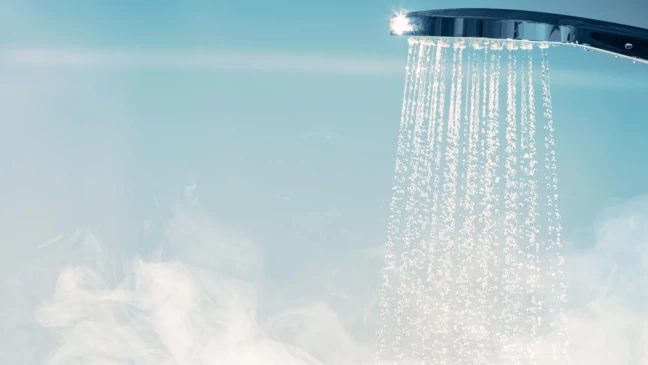
13.04.25
From the source to the tap
Clean drinking water is taken for granted in Switzerland - but how does it get from the source to the tap? This article shows how spring, ground and lake water is treated, stored and distributed. Modern processes ensure the highest water quality, while an efficient pipe network guarantees a reliable supply all the way to the consumer. The owner or operator is responsible for the last few metres of pipe to the consumer.
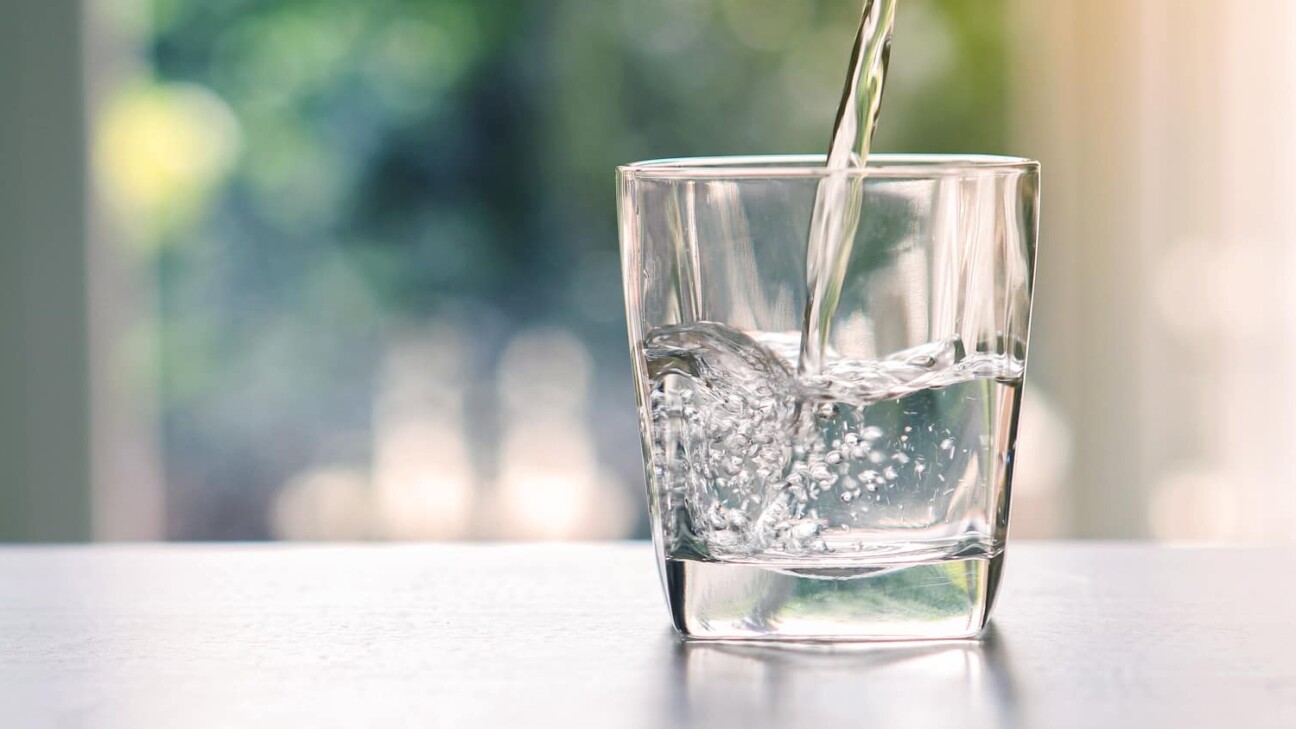
From the source to the tap: the path of drinking water in Switzerland
In Switzerland, drinking water is obtained from three main sources: Spring water, groundwater and surface water from lakes and rivers. Around 40 % of drinking water comes from spring and groundwater streams, while the remaining 20 % is obtained from surface water. These resources supply around one billion cubic metres of drinking water every year, which corresponds to only 1.5 % of the surface and usable groundwater resources available annually.
Water consumption in Switzerland
The average daily drinking water consumption per person in Switzerland is around 287 litres. Around 142 litres of this is used directly in private households, mainly for personal hygiene and hygiene. The remaining consumption comes from water used at work, during leisure time and in public facilities.
Overall, per capita consumption has fallen from around 500 litres to less than 300 litres per day since the 1980s, thanks to more efficient water use and technological advances.
Detailed data on average water consumption per company per day is not explicitly available. However, it is known that industry and agriculture together account for around 50 % of total water consumption in Switzerland, covering around 80 % of their requirements from their own sources.
Water treatment
Thanks to comprehensive water protection measures, the quality of raw water in Switzerland is generally good to very good. Nevertheless, a large proportion of the water undergoes various treatment processes to ensure the highest drinking water standards. Around a third of the water obtained can be fed into the supply network without treatment, while a further third undergoes single-stage disinfection, for example through UV irradiation or chlorination. The remaining third is treated using multi-stage processes.
The reprocessing methods authorised in Switzerland include, among others.
- Flocculation: This involves adding flocculants to bind fine particles in the water into larger flocs, which can then be removed more easily.
- Rapid filtration: The water flows at high speed through a layer of quartz sand, whereby particles are efficiently separated.
- Slow sand filtration: In this process, the water flows slowly through a layer of sand, whereby micro-organisms and particles are retained.
- Activated carbon filtration: Organic impurities and flavourings are adsorbed by activated carbon and thus removed from the water.
- Membrane filtration/ultrafiltration: Ultra-fine membranes separate microorganisms and particles from the water.
- Ozonation: Organic substances are oxidised and pathogens are killed by adding ozone.
- Disinfection with chlorine and UV light: These methods are used to kill any remaining microorganisms and ensure the microbiological safety of the drinking water.
Depending on the raw water quality and specific requirements, these processes are often used in combination to create a so-called multi-barrier system that ensures high drinking water quality.
Distribution and storage
In a clear monitoring process, the treated drinking water is monitored according to the international standard of the HACCP concept for food safety (Hazard Analysis Critical Control Points): Hazard Analysis and Critical Control Points). After treatment, the drinking water is stored in reservoirs, which are usually located on hills to ensure a constant water pressure. The average reservoir volume is 432 litres per inhabitant, which means that consumption peaks can be easily covered. From the reservoirs, the water reaches the consumer via an extensive network of pipes. This distribution network, including house connections, covers around 81,500 kilometres throughout Switzerland, which is twice the circumference of the earth.
Building installation
Within buildings, responsibility for water quality lies with the owner. Legislation therefore also requires a form of food monitoring here, in a weakened process (GVP – good procedural practice, described in current regulations, among others).
In buildings, the installation is more complex and therefore more vulnerable than a main supply. Over 80 % of the pipe metres are installed inside the building, with just 1.5 % of the water volume. In addition, a wide variety of materials, energy inputs for the provision of hot water and structurally demanding situations in the design come together. In practice, all of this is often accompanied by a lack of control, faulty installations and the resulting problems also lead to a loss of image and trust in the sector.
Professional installation and regular inspections of domestic installations are crucial to ensure the quality of drinking water right up to the tap. This includes carrying out self-monitoring, which includes preventing stagnant water, carrying out microbiological checks, protecting against contamination and complying with hygiene standards when converting or extending installations.
Carefully coordinated interaction between extraction, treatment, storage, distribution and building installations should ensure that high-quality drinking water is made available to consumers in Switzerland straight from the tap. However, reality shows that the last few metres of the supply chain are particularly vulnerable. Especially in the area of building installations, as mentioned above, a variety of factors come together that influence the microbiological stability and quality of drinking water. These must be counteracted decisively and sustainably.
Sources:
https://www.svgw.ch/wasser/kommunikationstools/wasserversorgung
https://www.svgw.ch/de/wasser/kommunikationstools/wasserversorgung/aufbereitung
https://www.svgw.ch/wasser/wasseraufbereitung
https://www.svgw.ch/wasser/kommunikationstools/wasserversorgung/verteilung
https://www.svgw.ch/de/wasser/kommunikationstools/wasserversorgung/nutzung
https://www.svgw.ch/wasser/wasserstatistik
https://www.svgw.ch/de/medienmitteilungen/svgw-medienmitteilung-wasserstatistik
https://www.aquaetgas.ch/svgw-news/wasser/20240228_svgw-wasserstatistik-betriebsjahr-2022
https://www.aquaetgas.ch/svgw-news/wasser/20250217-wasserstatistik-betriebsjahr-2023
https://trinkwasser.ch/de/versorger/834/stadt-zurich-wasserversorgung/268/default
https://wfw.ch/wasserwissen/wasserqualitaet-schweiz#

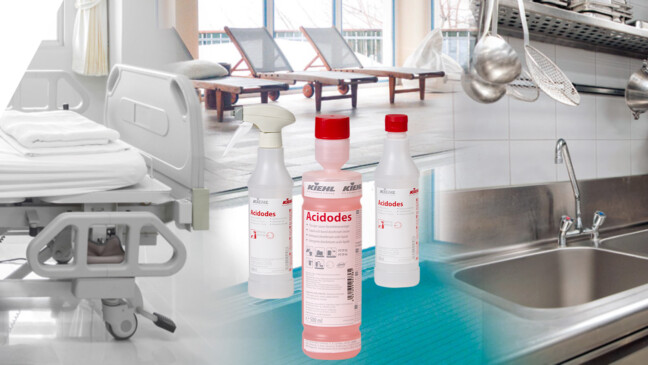
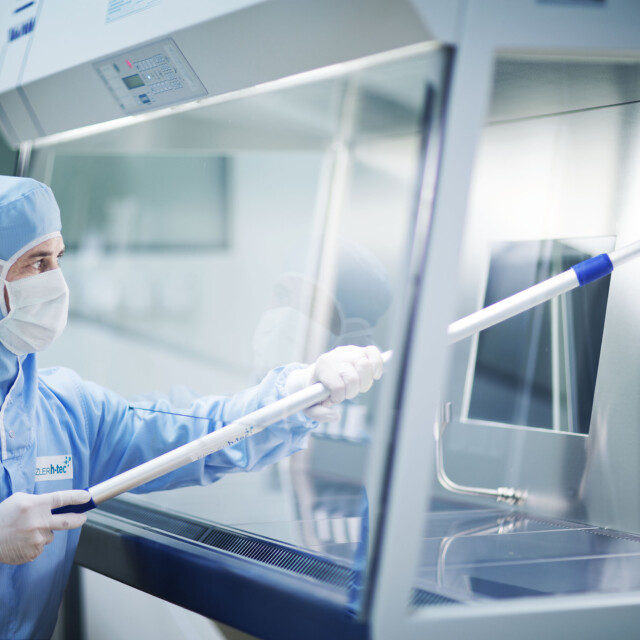
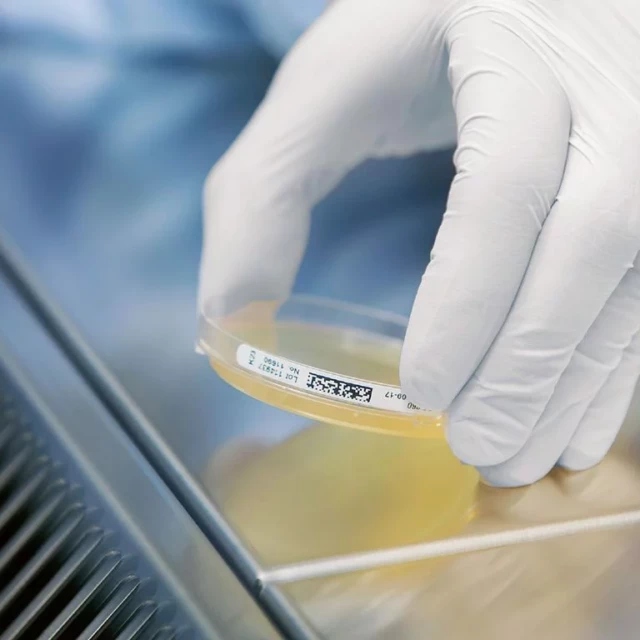
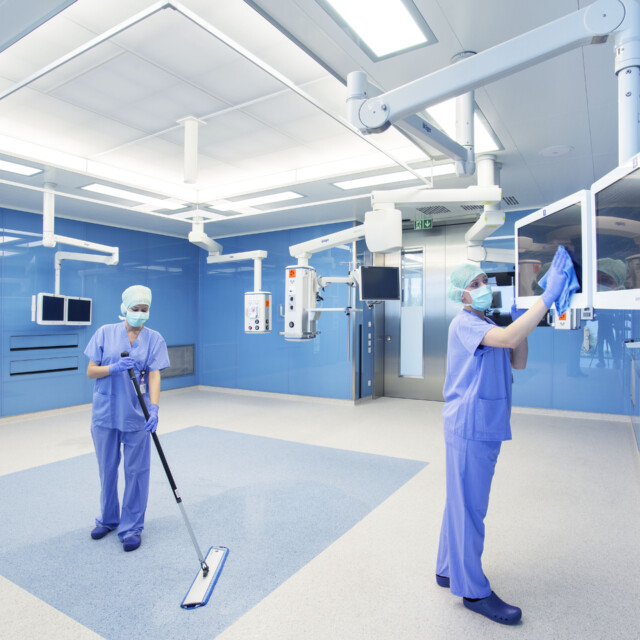
Tell us what you think
Be the first to comment this post.
You must be logged in to leave a comment.